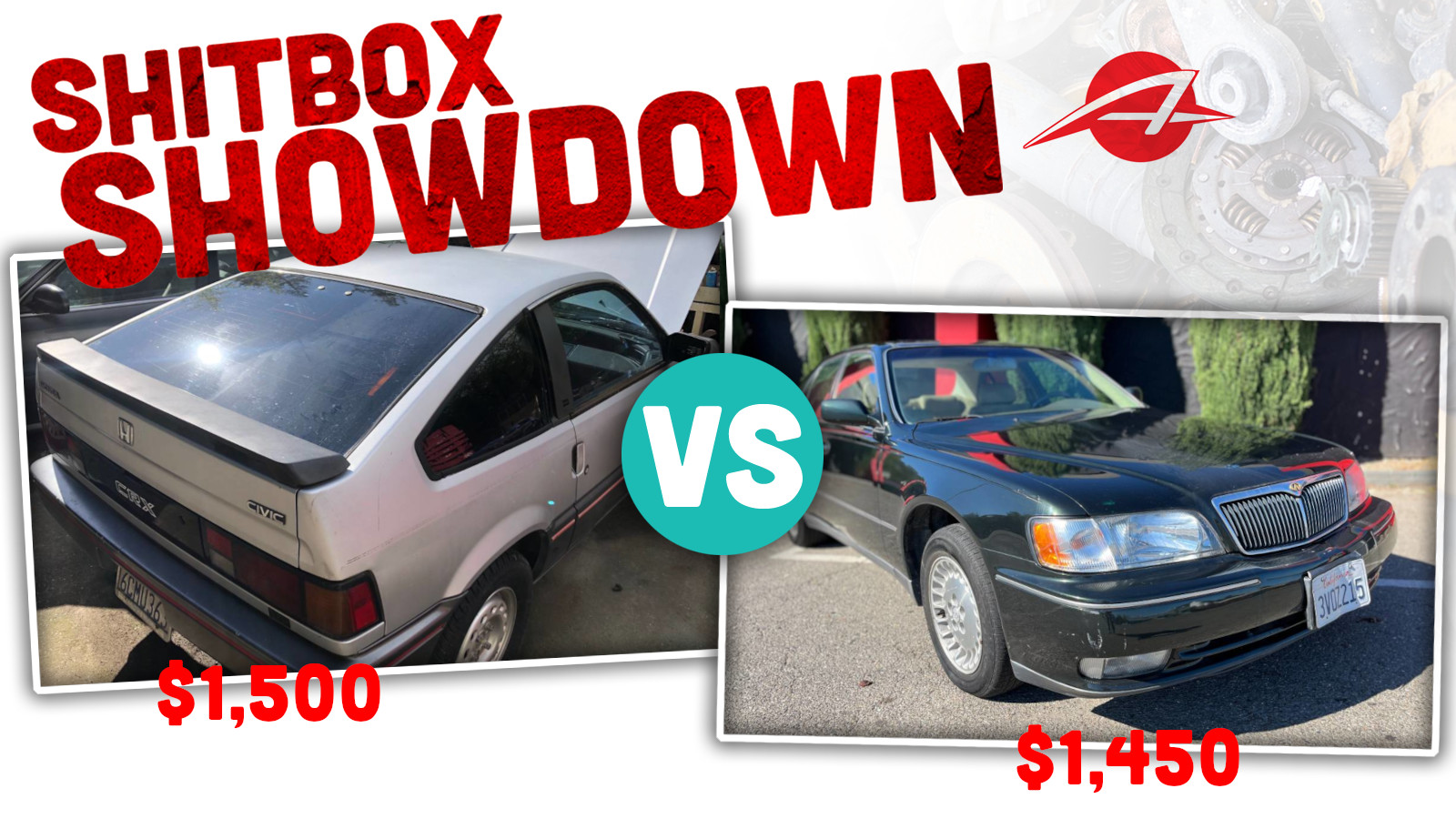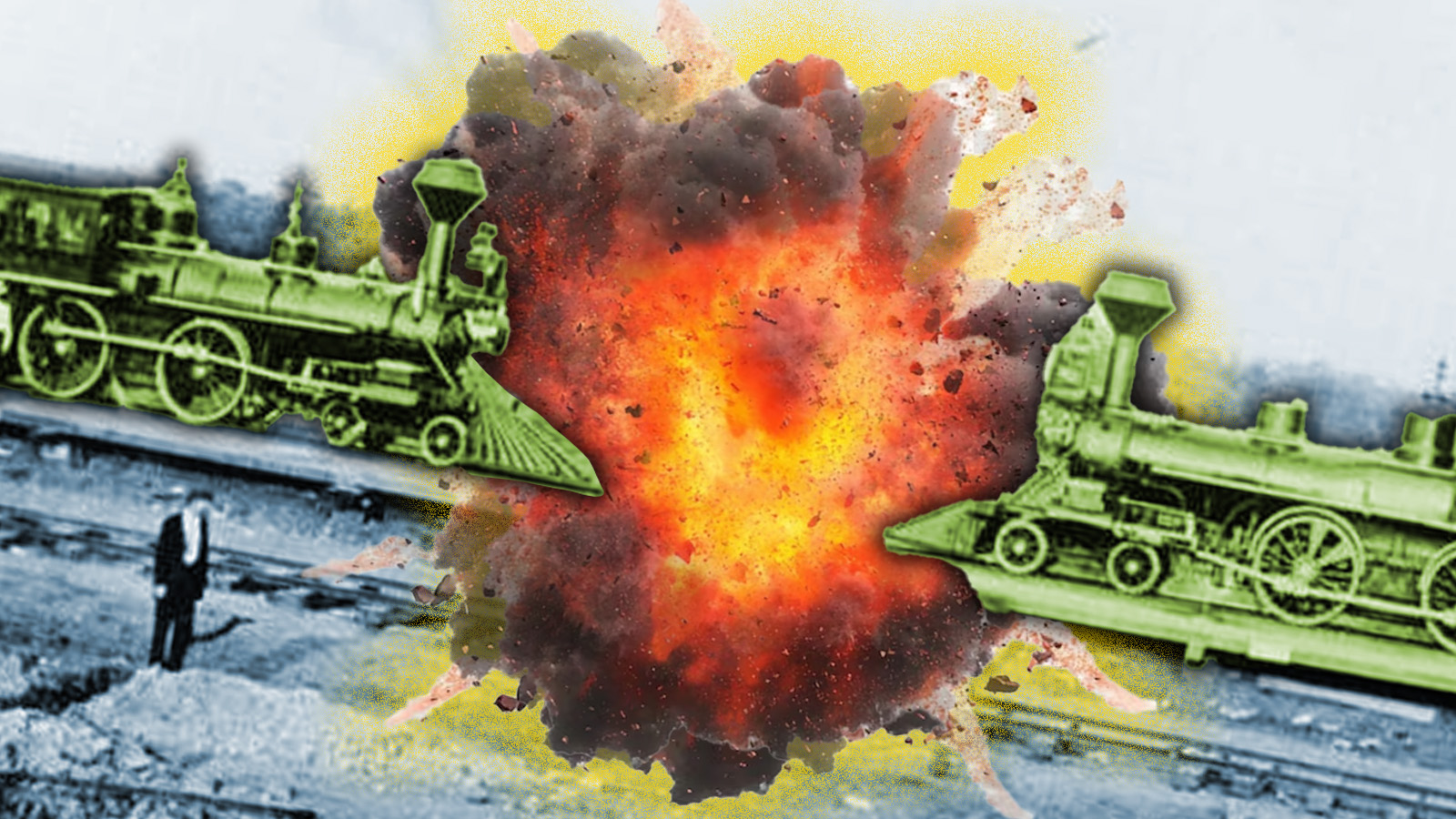I’m here in San Francisco for what I think is my third or fourth ID.Buzz launch, but I’m assured this time, it’s for real, in America. The Buzz has been out in Europe for some time, and I’ve driven the short-wheelbase Euro version, but now it’s time for the long, American one. This is a really important car for Volkswagen, their halo car, and so it’s a Big Deal. Anyway, I’m up way too late, but I remembered I have to do Cold Start, so I’m doing a sort of VW Bus-based one. And one that incorporates the word “Fleet.”
There’s only one Type 2 VW Bus that is referred to with a name with fleet in it, sort of like the Cadillac Fleetwood Brougham or the famous and refreshing enema. The one I mean is a weird bus, one I wasn’t really aware of before, the 1975-only and South Africa-only Fleetline split-window bus.
The Fleetline is notable because it is the very last split-window bus made. In most markets, the old split-window bus was replaced with the bay-window buses in 1968, but they kept on being produced in Brazil until 1975, after which they changed the bus by grafting the later bay window face onto the old split body.
In South Africa, VW of South Africa got a bunch of CKD (completely knocked-down) split-window bus kits from VW Brazil, and put them together with a minimum of frills and sold them as VW Fleetline vans, available in cargo or passenger versions and a pickup. These were bargain-priced versions, with vinyl seats and pressboard door cards, cheap workhorse vehicles.

You can tell a Fleetline because, like the Brazilian buses, the VW logo up front was part of the stamping and not a separate part, and because the two-tone paint on the Kombi version was simplified. Look up above to see both! As for the rest of it, it was your typical weird Brazilian late-split Bus, with all those quirks, as noted here on this South African VW forum:
Fleetlines (like all Brazilian splits) were a hodge podge of early and late split parts:
pre-55 style cargo doors, but mirror-image for RHD; 58-style engine hatch, but with pushbutton lock; early-type pull-out door handles; pre-64 corner windows on Kombis (must be the only 15-windows that aren’t deluxes); small (pre-64) rear hatch, though both panels and Kombis had the bigger back window; sway bar on front axle; 12V alternator electrics; 1600 DP engine; big-nut transmission; etc, etc.
Look at it: it no longer follows the V-shape of the front, and just divides as the beltline, all around.
I wasn’t aware of these one-year-only bus variants before, but now I know! And you do too!
I know this particular CS is thin, so here, watch some South African bus commercials:
Shit, I gotta get up in like three hours. I need some sleep!








I thought we’d see more here about that Cadillac Fleetwood. Or the Chevrolet Fleetline sedans and Aerosedans of 1941-42 and 1946-1952.
I finished the article and then clicked on it again because I missed the Cadillac content.
1/2 an article, 2 views. Genius!
No mention of GM and Dodge Fleetside trucks? (vs Stepside)
Torch, you brought up enemas at the beginning, but didn’t tie in with Canopysaurus’ golden comment from yesterday?
That beltline separation on the two-tone bus was typical in South Africa back then. They were absolutely death on keeping colors in their own places.
The English version of the local trade name was Certain Volks Wagen, Ltd.
Perfect.
Yeah they insisted on keeping those colors Apartheid, and note the white color were always on the top.
“You can tell a Fleetline because, like the Brazilian buses, the VW logo up front was part of the stamping and not a separate part”
That would’ve confounded the Beastie Boys… as the third owner of my 1969 VW Westfalia camper, which I bought more than 30 (!!) years ago I always lamented what the second owner told me about the emblem disappearing right around the time the Beastie Boys became such a fixture on MTV though it’s kinda moot since I’ve put the spare wheel/tire on the front for a marginal (ha) increase in crash safety. Here’s a post about how VW actually capitalized on the band’s popularity:
https://kottke.org/18/11/how-vw-turned-beastie-boys-inspired-theft-of-car-parts-into-a-clever-80s-ad
“Look at it: it no longer follows the V-shape of the front, and just divides as the beltline, all around.”
Ha, that simplified two-tone paint job is reminiscent of the conundrum about how a centaur would wear pants: on the rear legs only, on the front legs only, on both rear and front legs with the beltline running horizontally around the horse’s body, or on both rear and front legs with the beltline running around the junction of human and horse.
Wakey Wakey,
Hands off snakey.
You’re no fun